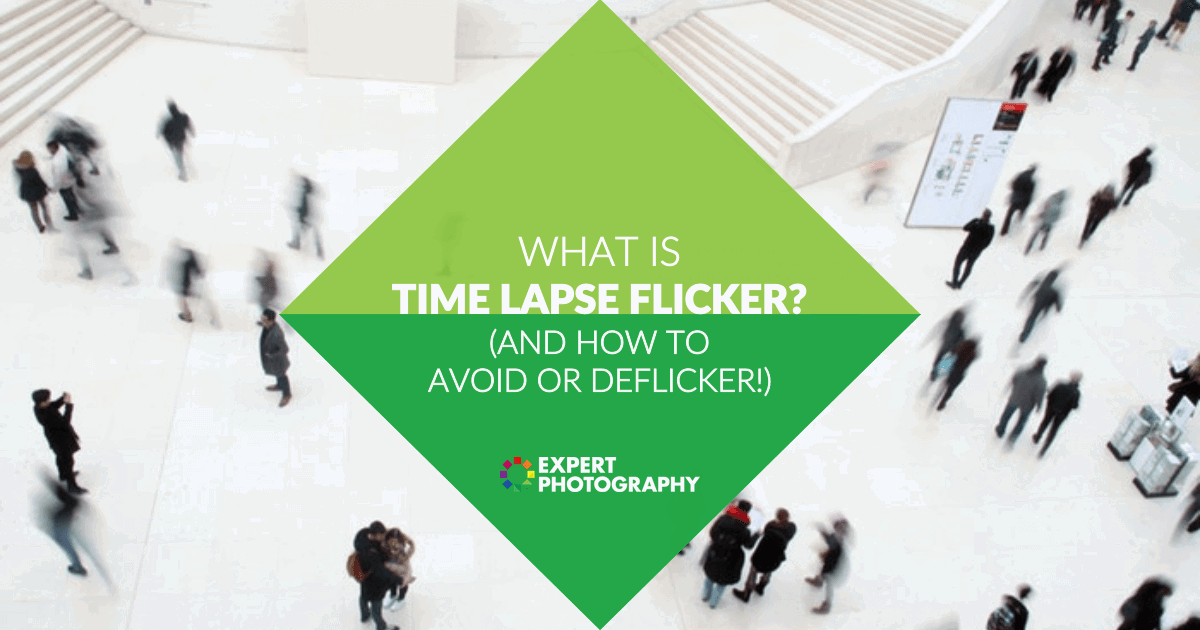
Time lapse is a widely used filmmaking technique. Working with FCP, Premiere Pro and After Effects (among others) it very effectively removes flicker from time lapses, slow motion and refresh rate phasing (LED lighting and monitor screens). Digital Anarchy has developed a plugin called Flicker Free.
The aperture moving causes this during each shoot, and it does not matter how expensive the camera lens is, it will be seen in nearly every timelapse shoot. 4K video size with different aspect ratios (16:9, One of the most significant problems for time-lapse photography during processing is getting a flicker in a large number of files that are created. Set varying rates of frames per second (FPS) for each sequence of images in your project for differential viewer impacts. Create a single video from photos stored in multiple folders at once.
Use TLDFs encoder or your favorite video encoding tool (e.g. Use TLDF to import the video and generate a new de-flickered image sequence. From Existing Time Lapse Video: 1. ) togenerate time lapse video. Use TLDFs encoder or your favorite video encoding tool (e.g. What Causes Flicker in Timelapse Photography?4.
This causes a flicker effect when the collection of images are processed into one video. GBDeflicker Demonstration VideoAs explained already, an aperture in a lens can move slightly during each shoot. The application plug-in for Adobe Premiere and After Effects works amazingly well when applying it to timelapse sequences as it restricts the histogram changes to a specific range and normalizes the changes over time to create a non distracting flicker free result.
Timelapse Flicker Premiere How To Use The
For this particular article, I have decided to use TLDF – Timelapse DeFlicker. There are a few programs to deflicker a series of images, and they all do the job well. One way of stopping this is using the lens twist method. But this does not always work on some brand names, and I would not like to have a lens fixed insecurely while shooting.A video below explains how to use the lens twist method.If you decide not to use the lens twist method, then using software to deflicker the frames will be the next solution. Another is having the camera in the wrong shooting mode.


Step Two – Use TLDF to DeFlickerAs explained already TLDF is a straightforward tool to deflicker a timelapse. Lightroom provides a smooth workflow to edit files in bulk, including exporting them.Once you are happy with your edit, export them in whatever file format you are comfortable with. Make sure Auto-Sync is also selected.
It’s as necessary as you can get but the power behind the software is excellent.Open the images in TLDF. You load the files & the program does the rest. There is an option to either export the images with a processed video or process the photos alone.Without forcing anyone to use the best method as there are a few, I am comfortable with just transferring the processed files from TLDF, then creating the time-lapse video with different software. It does exactly what it says on the tin.
Depending on what options you selected, you can create the video in another program or watch the video if created in TLDF. Get a drink, and wait for it to finish. Options to Deflicker & reduce noise in TLDF.Let TLDF do its work on the files. I usually reduce any noise in Lightroom if it is needed. Note the opportunity to reduce noise will increase processing time. Options to either transfer the images or create a video in TLDF.Next, a screen will select options to deflicker the files & reduce noise.
GBDeflicker – A plugin for Adobe Premiere Pro or After Effects. LRTimelapse – a plugin used in conjunction with Lightroom. Timelapse Tool – A great program with options to create videos by zooming in on specific areas, including other options. TLDF – The program being used in this article. I am sure you will agree that TLDF does a great job of deflickering images to use for time-lapse photography.There are a few tools out there to help deflicker your timelapse.


 0 kommentar(er)
0 kommentar(er)
